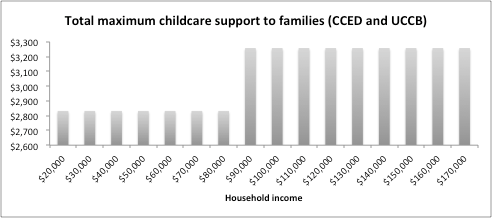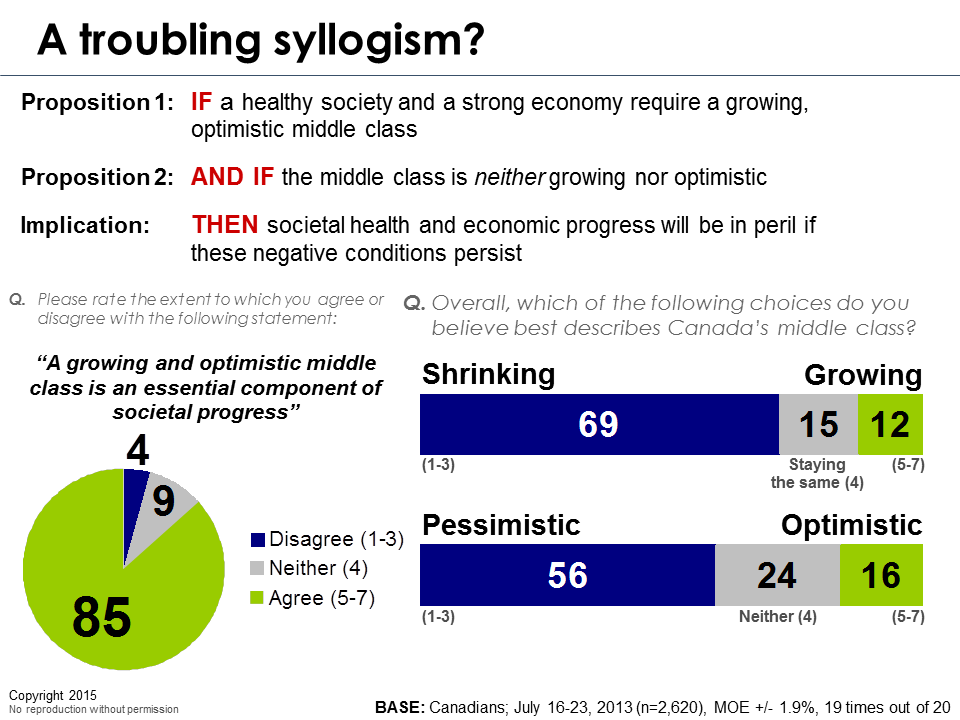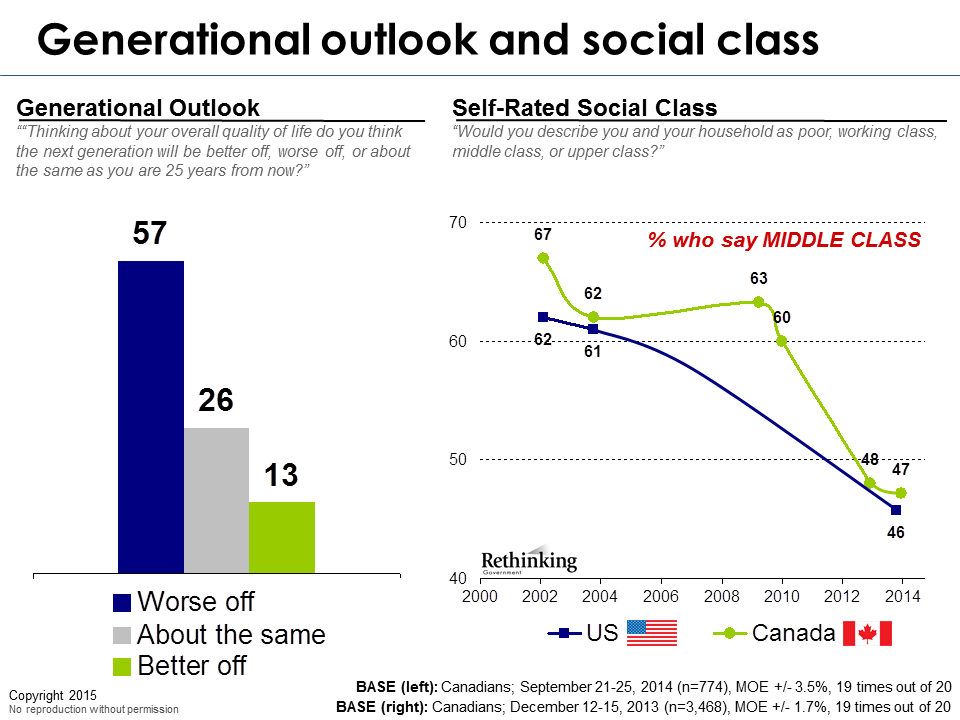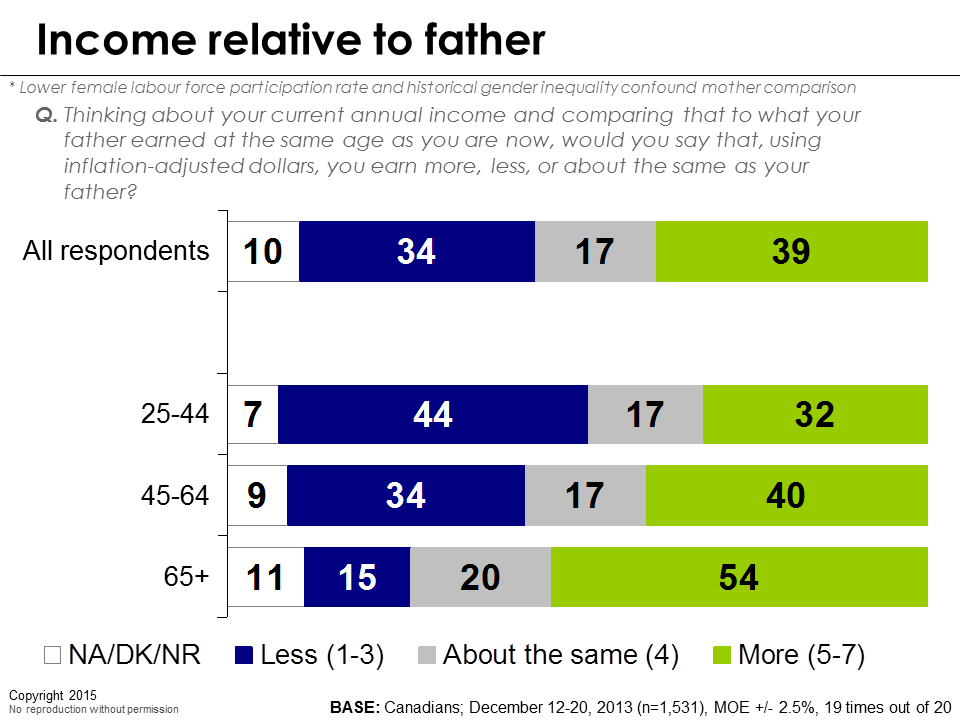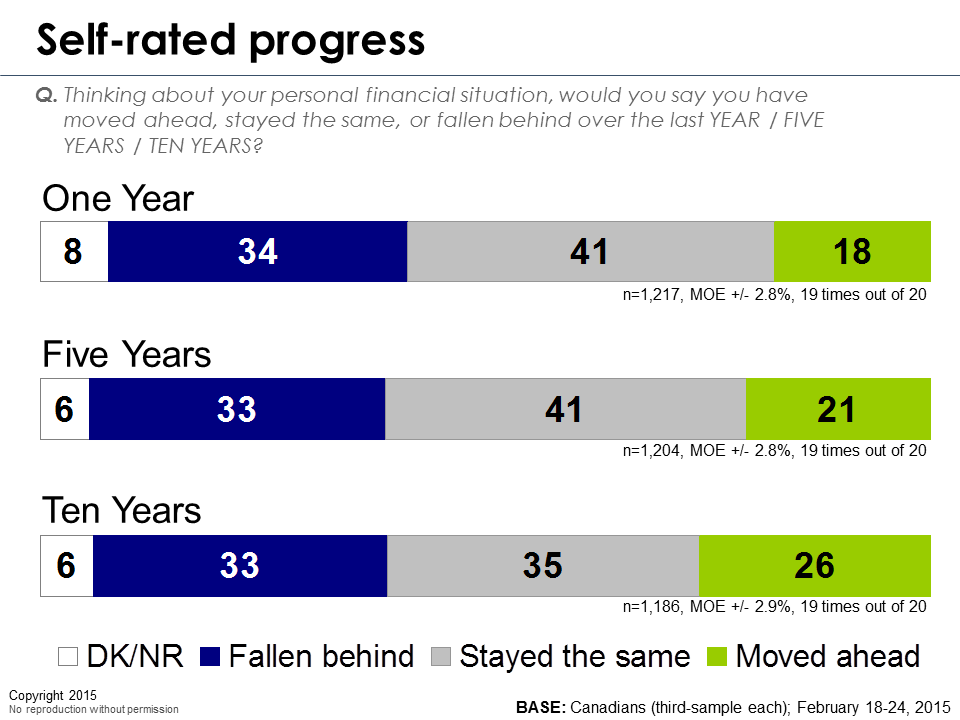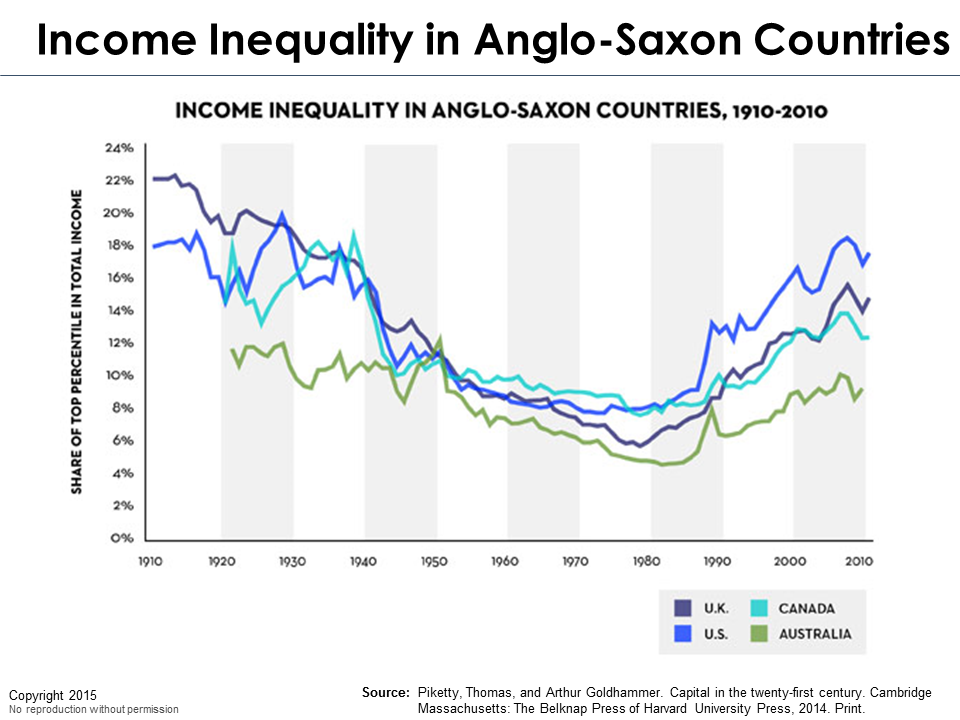This column first appeared in National Newswatch on March 17, 2015
Tweet
During the debate over the niqab last week, I couldn’t help but think of Karl Rove, the renowned Republican strategist and spiritual mentor of the Harper government. The jury’s still out on what really happened, but I’d love to hear his take on it.
Karl Rove was George W Bush’s senior political advisor and campaign strategist. He may be one of the most influential figures in recent political history. He also had a huge impact on the Harper government.
Rove’s political philosophy can be summed up in three basic points.
First, much to his credit, he recognized the value of Big Data long before most strategists had even heard the term. Rove used the Republicans’ huge database to identity key groups of voters that could be specifically targeted to turn elections one way or another.
Second, he was brilliant at using wedge issues to split these groups off from larger cohorts in ways that advantaged Republicans.
Third, he was indifferent about whether positions held by the Republicans were true or false, right or wrong, as long as they garnered votes. Indeed, Rove had little use for policymakers who agonized over truth, evidence and values. He famously attacked the “reality-based community” for wasting its time trying to be objective.
In Rove’s view, perception is reality. Whoever controls the message gets to frame the issue, which, in turn, defines the public’s view of truth. So in politics, controlling the message is what really matters.
This was a revolutionary idea. Traditionally, political strategy was about striking the right balance between virtue and expediency, that is, between advancing the values a party stood for and making compromises to help it win power. Rove declared that politics was about winning, pure and simple.
This doesn’t mean that the Bush administration held no values or that its leaders disbelieved in truth. Rove and his allies in the White House thought it was their job to set goals that served the public interest. They just didn’t believe the public was up to playing a significant role in this.
They saw the public as an impulsive prisoner of emotion. The politicians’ job was to push the right buttons to get the right result. Rather than a search for solutions, public debate was a means to an end, a step in the policy process that had to be observed.
It was the agenda that really mattered. Implementing that justified using whatever means necessary to win the public debate, including lying to people, suppressing information, or employing wedge issues to divide one group against another.
Rove’s three points provide the philosophical rationale for the Bush administration’s infamous “Straussian doctrine,” according to which the truth was known inside the White House, but could not be shared with the public outside of it. The role of communications was to tell the public whatever story was necessary to get it to support the government’s plan.
If this all sounds familiar, it should. Rove’s fingerprints are all over the Harper PMO, from micro-targeting to the use of wedge issues to play one group off another. The gun registry, the crime agenda and the energy pipelines are all examples.
We can also include talking points, omnibus legislation, time allocation, committee interference, and media control in this bag of tricks. All are quintessential Rovian tactics.
And the abandonment of truth? Here too the Harper government has followed suit, showing a sometimes ruthless willingness to deny, discredit and even suppress evidence that conflicts with its positions. It has done so on crime and climate change, for example, and is now doing so on the new security law, C-51.
But last week may have been a turning point of some kind. The Harper government seemed to be taking this Rovian story-telling to a new level.
Many Canadians—including this writer—have doubts about the niqab and the burka and harbor suspicions about the cultural assumptions behind them.
With the assertion that the niqab is a symbol of an “anti-woman culture,” the prime minister seemed to be playing on this, trying to link fears over terrorism to individuals in our midst.
Having already stoked public fears about jihadis, this may have seemed to the government like the next logical step in its Rovian story on terrorism.
But when the three opposition leaders rose to challenge both him and Canadians to take a step back from our emotions and reflect on the nature of our political rights, a very un-Rovian thing happened.
Many commentators began arguing that Muslim women’s right to wear the niqab was more important than their feelings of suspicion and doubt.
In Rovian politics, this is not supposed to happen. The public isn’t supposed to be reflective and rational, especially when they’re scared.
Of course, these responses came mainly from members of the political class. I don’t know what would have happened if the debate had carried on. Would ordinary people also have risen to the occasion? I couldn’t help wondering what Rove would say.
The clear lesson from last week is that we have two very different views of politics in our country and they appear to be getting ready to square off.
One is optimistic about citizens and expansive about democracy. It is hopeful about people’s willingness to engage and to distinguish between truth and fiction, right and wrong.
The other is skeptical of the mob. It sees leadership as a secret society and communications and marketing as the appropriate surrogate for public debate.
One of these views of Canadians is right and one is wrong. We deserve an answer.
Tweet

